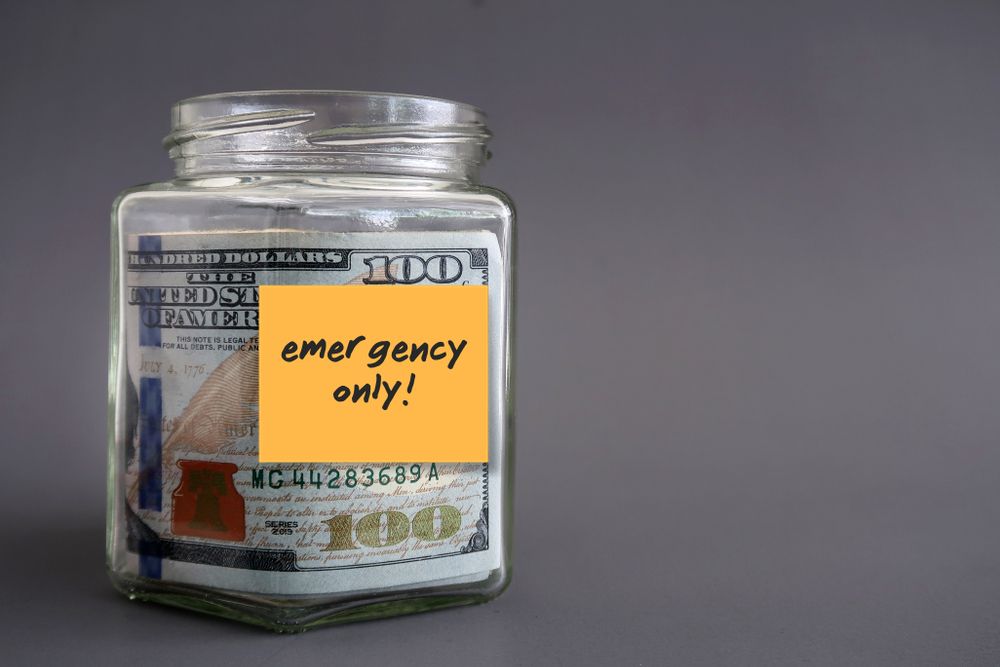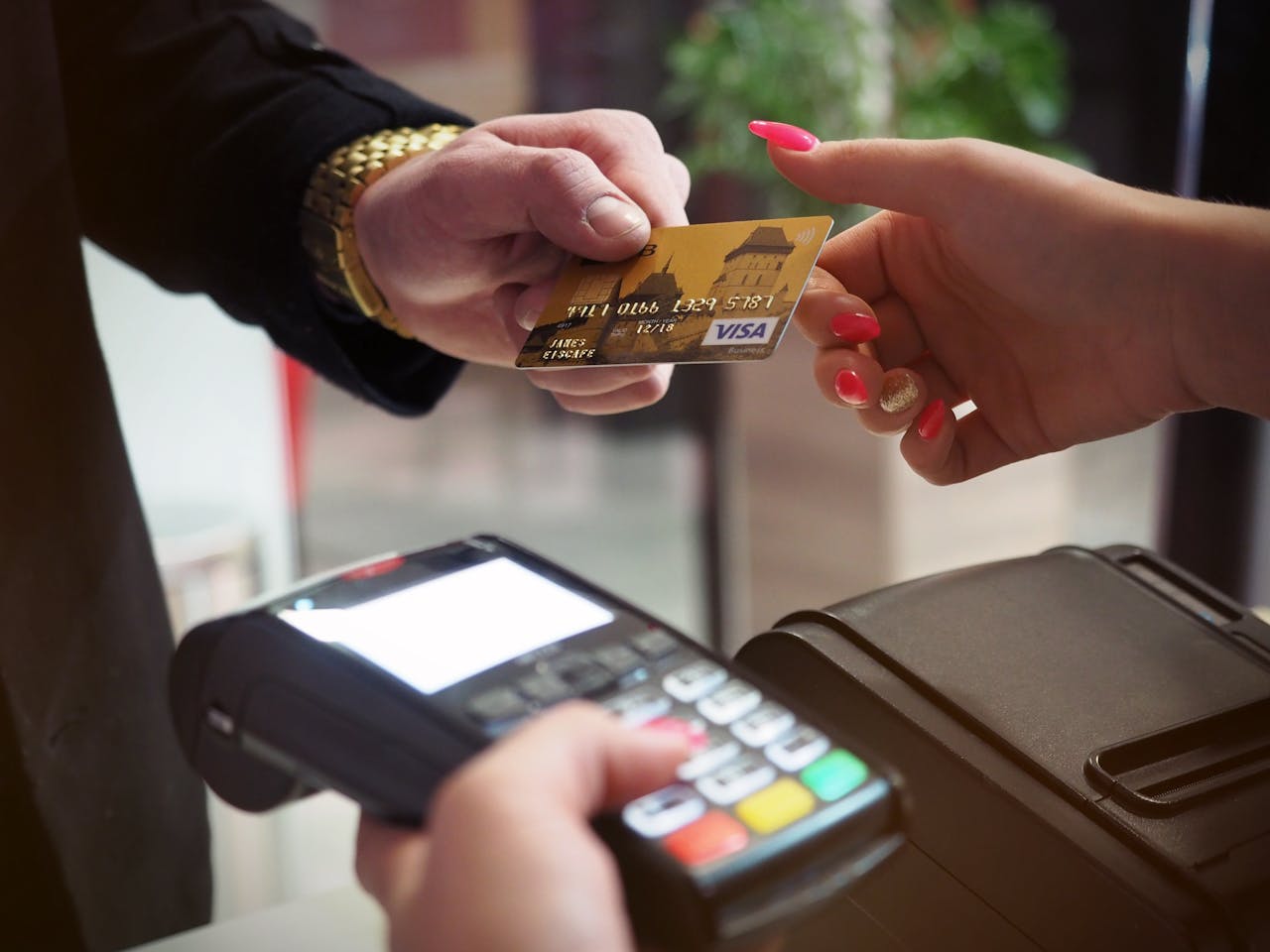Life is unpredictable. From unexpected medical bills to car repairs, job loss, or home maintenance issues, emergencies can pop up when you least expect them. That’s why building a family emergency fund is one of the most important steps you can take toward long-term financial security.
An emergency fund gives your family a cushion to fall back on—so when the unexpected happens, you don’t have to rely on credit cards, loans, or scrambling to find cash. Whether you're starting from scratch or looking to strengthen your safety net, here’s a step-by-step guide to setting up a reliable family emergency fund.
1. Understand What an Emergency Fund Is For
An emergency fund is a dedicated savings account meant to cover unexpected, urgent expenses—not everyday bills or planned purchases. It’s not for vacations, shopping, or new gadgets.
Examples of true emergencies include:
-
Job loss or reduced hours
-
Unplanned medical expenses
-
Car or home repairs
-
Emergency travel
-
Family or pet emergencies
Knowing what qualifies helps you avoid dipping into the fund unnecessarily and keeps it intact when you truly need it.
2. Choose the Right Type of Account
Your emergency fund should be easy to access in a pinch—but not so easy that you’ll be tempted to use it for non-emergencies.
A high-yield savings account is ideal. It keeps your money safe, earns some interest, and allows you to withdraw funds quickly if needed. Make sure the account is FDIC- or NCUA-insured and allows online transfers.
Avoid using investment accounts or tying your emergency fund to stocks or mutual funds. The market’s ups and downs could mean your funds aren’t there when you need them most.
3. Decide How Much You Need
A common recommendation is to save three to six months' worth of living expenses. For families with more dependents or single-income households, aiming for six months may be safer.
Start by calculating your monthly essential expenses, including:
-
Rent or mortgage
-
Utilities
-
Groceries
-
Insurance
-
Transportation
-
Minimum loan payments
-
Childcare (if applicable)
Multiply that total by three to six months. That’s your target. If that number feels overwhelming, don’t worry—starting small is still progress.
4. Set a Realistic Starting Goal
If saving several months’ worth of expenses seems out of reach, break it down into manageable chunks. Your first goal might be $500 or $1,000, which is enough to handle many smaller emergencies, like a car repair or a medical bill.
Once you hit your initial target, work your way up toward your long-term goal. Progress matters more than perfection—what’s important is building momentum.
5. Make Saving Automatic
One of the easiest ways to grow your emergency fund is by automating your savings. Set up a recurring transfer from your checking account to your emergency fund, timed with each paycheck.
Even small, consistent deposits—like $25 or $50 a week—add up over time. Automating the process removes the need for willpower and makes saving part of your normal routine.
If you get a raise, a bonus, or a tax refund, consider putting a portion of that windfall directly into your emergency fund to boost your balance.
6. Cut Small Costs to Build Faster
If you’re struggling to find extra money to save, look at small ways to trim your monthly budget:
-
Cancel unused subscriptions or apps
-
Cook at home more often
-
Use a cash-back app or coupon tools for groceries
-
Skip a few takeout meals or coffee runs each month
Redirect those savings straight into your emergency fund. When you connect the dots between daily choices and long-term stability, it’s easier to stay motivated.
7. Involve the Whole Family
Building an emergency fund is a family goal, and getting everyone involved helps teach financial responsibility and teamwork.
Talk to your kids about why the fund matters in an age-appropriate way. For example: “We’re saving to make sure we’re okay if something unexpected happens, like the car breaking down.”
You might even create a visual tracker—like a savings thermometer or jar—to show progress and celebrate milestones together.
8. Keep It Separate From Other Accounts
Avoid mixing your emergency savings with your regular checking or everyday savings account. Keeping it separate and labeled clearly helps reduce the temptation to dip into it for non-emergency expenses.
If possible, open a standalone account just for emergencies. That psychological separation goes a long way in maintaining the integrity of the fund.
9. Revisit and Adjust As Life Changes
Your emergency fund isn’t a set-it-and-forget-it goal. As your family grows, expenses change, or your income shifts, reassess your emergency fund target.
Update your savings goal annually or after major life events, such as:
-
Moving to a new home
-
Having another child
-
Starting a new job
-
Paying off a major debt
Keeping your fund aligned with your current situation ensures it will always serve your family well.
10. Know When (and How) to Use It
When emergencies arise, don’t hesitate to use your fund—it’s there for a reason. But be mindful of what qualifies. Ask yourself:
-
Is this urgent?
-
Was it unexpected?
-
Does it impact my family’s safety, health, or ability to function?
If the answer is yes, it’s probably time to use the fund.
Once you’ve used part of your emergency savings, make a plan to replenish it over time. Even if it takes a while, rebuilding your buffer is worth the effort.





